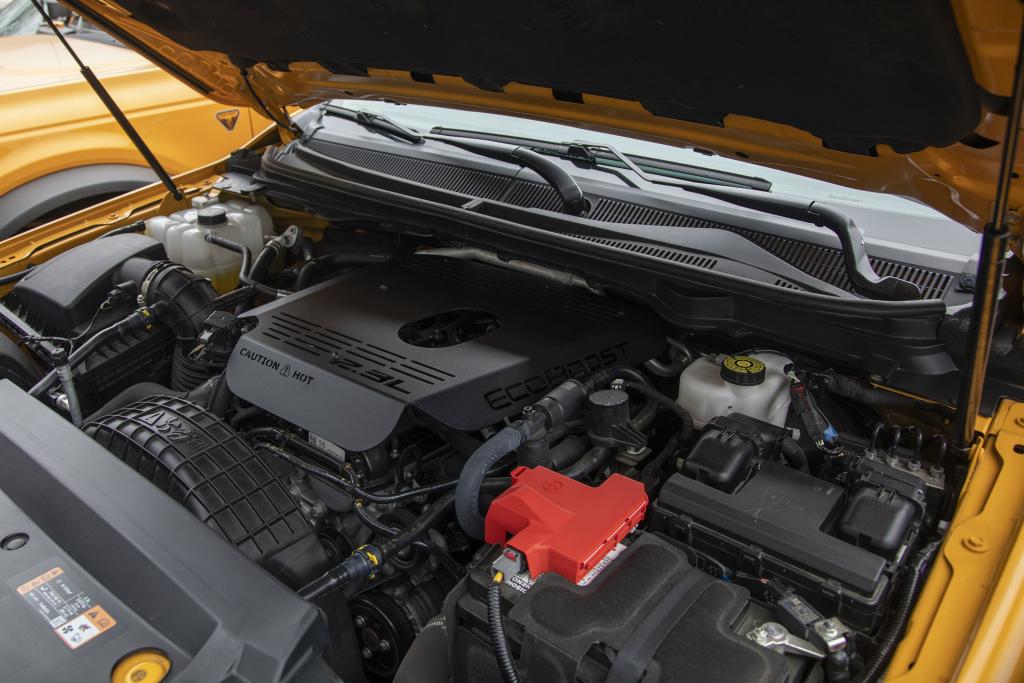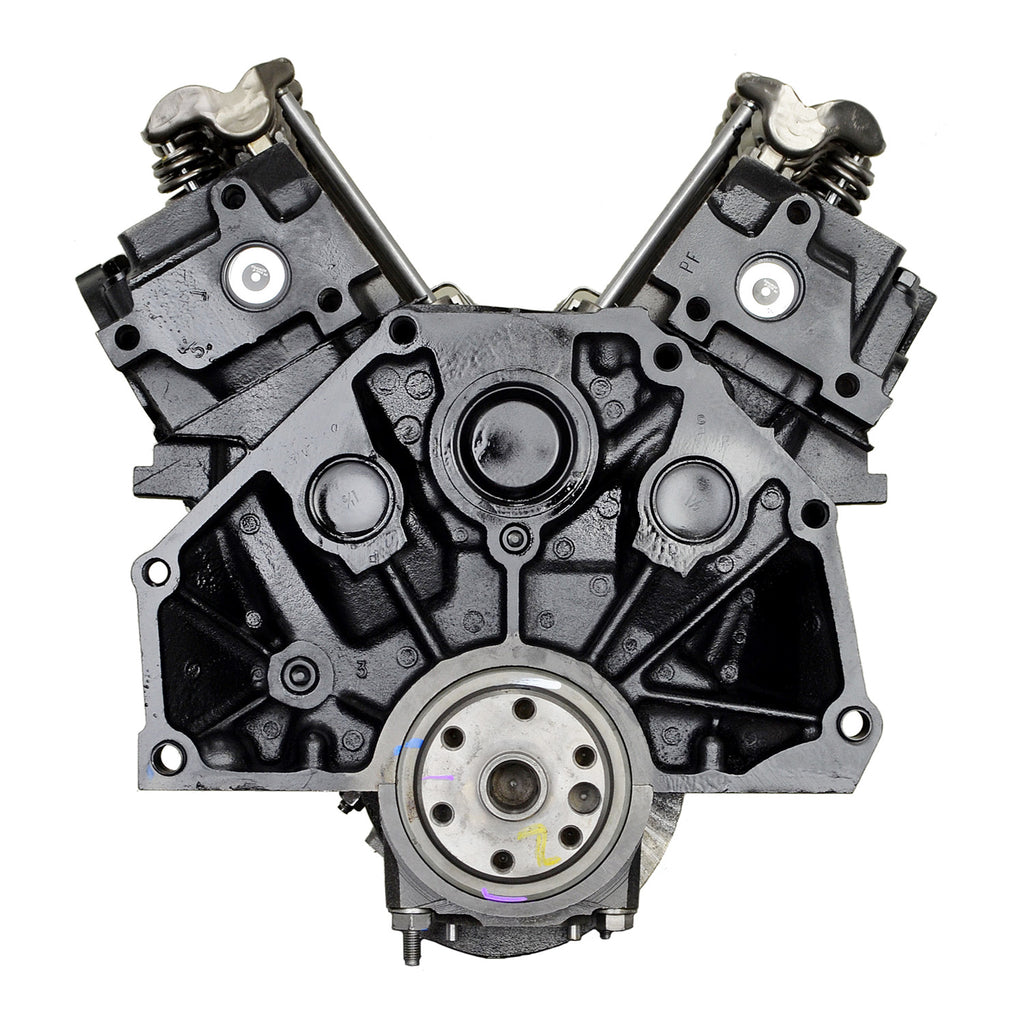How the 2.2 Ford Ranger Engine Stands Out for Durability and Power in Tough Conditions
How the 2.2 Ford Ranger Engine Stands Out for Durability and Power in Tough Conditions
Blog Article
Understanding the Basics of Cars And Truck Engines: Functions, functions, and kinds

Overview of Auto Engines
A car engine offers as the heart of a vehicle, converting gas right into power to move it onward. This complex system makes up numerous components that function in unison to make certain optimum performance and efficiency. The basic operation of a cars and truck engine involves the internal burning procedure, in which gas and air are blended, stired up, and expelled to develop power.
The engine's design can dramatically influence its efficiency, fuel efficiency, and emissions. Trick parts consist of the cylinder block, pistons, crankshaft, and camshaft, each playing an important function in the engine's general feature.
In enhancement to these components, engines often utilize various systems such as fuel injection, ignition, and cooling down systems to improve efficiency and longevity. Recognizing the fundamental technicians of automobile engines is crucial for doing and detecting problems upkeep, inevitably adding to the lorry's integrity and performance with time.

Sorts Of Auto Engines
Car engines can be classified into several types based upon their design, fuel type, and functional concepts. 2.2 ford ranger engine. The most usual groups consist of internal burning engines (ICE), electric engines, and crossbreed engines
Internal burning engines, which can be more split into gas and diesel engines, operate by sparking a fuel-air blend to produce power. Gasoline engines are commonly lighter and smoother, while diesel engines are extra fuel-efficient and offer higher torque.
Electric engines make use of electrical power saved in batteries to power an electrical motor, supplying immediate torque and zero exhausts during procedure. As innovation breakthroughs, electric automobiles (EVs) are increasingly ending up being prominent for their ecological benefits and lower running costs.
Crossbreed engines incorporate aspects of both interior combustion and electrical engines, enabling adaptable source of power and boosted gas efficiency. They can operate in various settings, utilizing either the fuel engine, the electrical motor, or both simultaneously.
Each type of engine has distinct benefits and negative aspects, affecting their application in various vehicle types and market sectors, from small cars and trucks to durable vehicles. Comprehending these types is essential for making educated decisions pertaining to automobile choice and efficiency expectations.
Engine Functions Discussed
Understanding engine features is important for grasping exactly how cars run effectively. At the core of any type of inner burning engine exists the fundamental process of converting gas right into mechanical energy. This procedure begins with the intake stroke, where air and gas are attracted into the combustion chamber. Following this, the compression stroke presses the air-fuel mixture, boosting its temperature level and pressure.
The ignition takes place next, stiring up the mixture and producing a rapid growth of gases. This force drives the piston down during the power stroke, which inevitably translates into the rotational activity of the crankshaft. The exhaust stroke then eliminates the spent gases from the chamber, giving way for a brand-new cycle to start.
Along with these primary features, engines also integrate systems that manage air conditioning and lubrication, making certain ideal operational temperatures and minimizing rubbing between moving parts. This elaborate interplay of functions enables the engine to produce the power necessary for lorry propulsion while preserving effectiveness and dependability. Comprehending these functions offers important insight into the complexities of automotive engineering and enhances the ability to detect and resolve engine-related issues effectively.
Trick Engine Attributes
Engine style includes numerous crucial attributes that significantly influence performance, sturdiness, and effectiveness. Among the most crucial elements is the engine setup, which consists of inline, V-type, and level styles. Each configuration affects the engine's dimension, balance, and power result, consequently affecting total car characteristics.
An additional crucial attribute is the engine displacement, describing the overall volume of all cyndrical tubes. Bigger displacements commonly yield more power yet might jeopardize fuel effectiveness. Engine products likewise play a pivotal role; high-strength and light-weight products, such as aluminum website link and magnesium alloys, enhance efficiency without adding extreme weight.
The sort of fuel shot system employed-- such as direct or multi-port injection-- influences burning effectiveness and emissions. Turbocharging and supercharging are functions that boost engine efficiency by forcing extra air right into the burning chamber, increasing power outcome without dramatically enhancing engine dimension.
Finally, the visibility of innovative engine management systems optimizes fuel-air mixture and ignition timing, contributing to smoother operation and better fuel economic situation. Jointly, these attributes specify an engine's capabilities, setting the structure for its performance and longevity in a competitive automotive landscape.
Maintenance Tips for Engines
Appropriate engine upkeep is critical for guaranteeing ideal performance and durability, as overlooking regular care can cause considerable problems down the line. To preserve your engine efficiently, start with regular oil changes, generally every 3,000 to 7,500 miles, depending on the sort of oil made use of. Fresh oil lubes engine elements, decreasing friction and wear.
Additionally, keeping track of coolant levels is vital to avoid getting too hot. Ensure that the coolant is covered up and remains in excellent problem to keep effective temperature level guideline. Frequently replace and evaluate air and gas filters, as stopped up filters can prevent air movement and fuel shipment, compromising engine efficiency.
Furthermore, focus on stimulate plugs and ignition systems. Used or malfunctioning ignition system can bring about misfiring and reduced performance. Inspecting the battery terminals and links for rust is likewise important, as a weak battery can influence engine starting.

Final Thought
In summary, a thorough understanding of cars and truck engines encompasses numerous types, functions, and crucial features that significantly affect automobile efficiency. Inner burning engines, together with electrical and hybrid choices, show varied systems for energy conversion. 2.2 ford ranger engine. Acknowledging the important functions, such as consumption and exhaust cycles, together with essential engine features like setup and gas injection systems, gears up auto owners with the understanding essential for effective maintenance and procedure, ultimately her response improving automobile longevity and effectiveness
An automobile engine offers as the heart of a vehicle, converting gas right into mechanical power to move it onward. The fundamental operation of find a car engine includes the internal burning process, wherein gas and air are mixed, stired up, and eliminated to produce power.
Frequently replace and check air and gas filters, as clogged filters can impede air movement and gas delivery, endangering engine efficiency. - 2.2 ford ranger engine
In recap, a comprehensive understanding of auto engines encompasses various kinds, features, and key features that substantially affect lorry efficiency. Identifying the vital features, such as intake and exhaust cycles, together with essential engine features like configuration and fuel injection systems, gears up cars and truck owners with the understanding required for reliable upkeep and operation, ultimately boosting car durability and efficiency.
Report this page